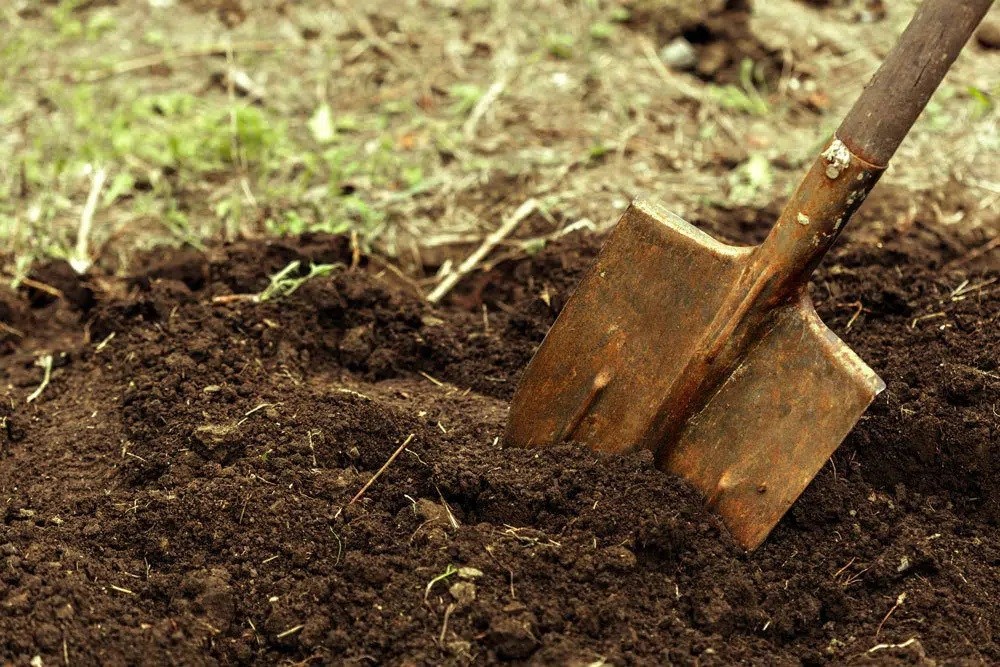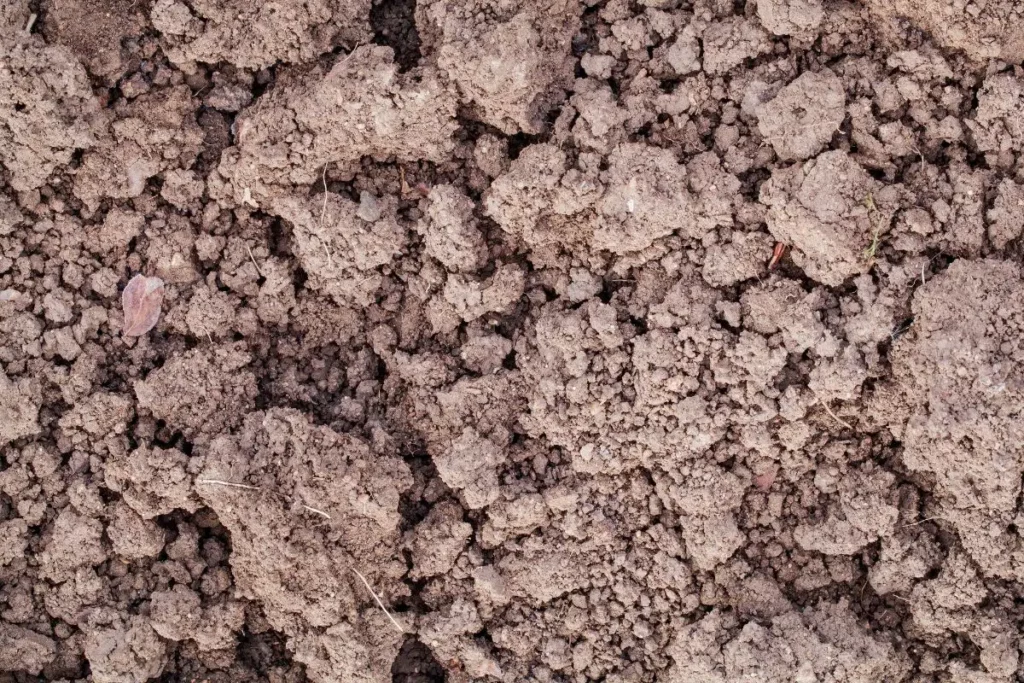Clay soil brings some problems. To make it more permeable for lawn, loosening it with tools and suitable measures is useful. We show how to do it.
- Loosening can be done by mechanical means
- Water drainage is improved
- Supply with nutrients becomes easier
- Compost and sand can be used as aids to loosen the soil.
Contents
Before sowing
If a new lawn is to be established, loosening the clay soil is simple and requires little effort – but is particularly effective. Necessary are the following utensils:
- Shovel
- Hoe
- rake or rake
- if necessary a soil sieve
- compost
- sand
Once these utensils are available, the following steps should be taken:
- The clay soil is dug to a depth of about 30 centimeters. This corresponds approximately to the depth of a spade.
- Foreign bodies such as stones, roots and other plant parts should be removed. A soil sieve, for example, can be used for this. If you do not want to purchase this yourself, you can also borrow it from a hardware store.
- After sieving, compost soil is worked into the loamy soil. At least three to five liters of well-matured compost per square meter are necessary to achieve loosening.
- If the substrate has a particularly high clay content, sand should also be added. However, it is sufficient for the lawn if this is worked in two to five centimeters deep. This makes the upper layer more permeable and water can drain off better. Waterlogging is avoided and nutrients can also penetrate more easily.
Tip: A test to determine the pH value is useful on this occasion, in order to be able to compensate with the appropriate fertilization if necessary. A corresponding test is available, for example, in the hardware store but also online.
Aerate lawn
If grass plants are already present – by sowing or laying sod – the procedure for loosening clay soil must be somewhat different. Of course, the necessary utensils differ depending on the particular method:
- Scarifier
- Sand
- Spreader
- Spade
- Gravel
The following steps are possible:
- Lay drainage: although drainage does not loosen the soil, it still ensures faster and better drainage of water. For this measure, a 20 to 30 centimeter deep trench is dug around the lawn. A final layer of gravel or chippings is poured into this trench. The water thus seeps into the trench and does not remain on the surface. The prerequisite for this, however, is that the lawn is level or, at best, slopes outward. If, on the other hand, there are hollows, drainage alone is not sufficient.
- Spread sand: A layer of sand on the lawn can slowly work its way into the soil, loosening it in the process. The layer of sand should be about two inches thick. It can be spread with a spreader truck to achieve an even distribution. It is ideal to apply the quartz sand only after mowing. The grass will grow through the layer after that. Lawn aerator sandals help distribute the sand more quickly into the clay soil.
- Scarify lawn: If the soil is only loamy on the surface, just dethatching may be enough to ensure better water drainage. On the one hand, disturbing plants such as moss and weeds are removed. On the other hand, holes are poked in the soil, allowing water to penetrate more easily.
Tip: It is optimal to combine the various maintenance measures. If the soil is very firm, removal may also be necessary. This requires more effort, but is worthwhile in the medium and long term, as the lawn will require significantly less maintenance afterwards.
Removal
If the lawn has dried out or even rotted to the point where a lot of lawn thatch has formed and waterlogging exists, a surface removal of the substrate can be useful. The individual steps are simple in themselves, but still require a comparatively large amount of effort. The advantage of this, however, is that maintenance is easier afterwards. Water and nutrients penetrate more easily, the grass grows better and weeds and moss cannot spread as quickly. The following steps are necessary:
- The top layer of soil is removed along with grass plants 30 to 60 centimeters deep.
- As in the preparation for sowing or laying sod, the soil is cleaned of foreign matter and sieved.
- Mixing in a lighter and looser soil, as well as sand, causes the substrate to become more permeable. In addition, nutrients are added directly, which allows the newly laid lawn to grow faster and better.

As an alternative or addition to the mixed soil, a drainage layer can be introduced. In this case, a layer of two to five centimeters is applied and the soil is then spread over it.
Tip: Especially for larger lawns, it makes sense to rent a mini-excavator for the removal. This is because the clay soil is difficult to dig up and the measure requires a great deal of effort without a mini-excavator – this applies to both the time and the force required.
Frequently asked questions
Why is clay soil not ideal for the lawn?
Some plants, such as roses, apple or hydrangea thrive well on a very clay soil, as long as waterlogging does not form and water can drain. This is one of the main problems with the substrate – it is heavy and firm, which means that liquid is absorbed very slowly. In summer, high temperatures and drought ensure that it is literally baked and may even crack.
When should the soil be loosened?
The measure is useful when puddles repeatedly form on the surface or the meadow is very muddy. Also, in the case of frequent occurrence of bare patches, it is usually not enough just to reseed grass.
Are there alternatives to loosening?
The area can be lightly watered regularly. This will prevent the soil from becoming dry and firm in the summer. However, in the event of rain, without adequate drainage, liquid will still accumulate.


